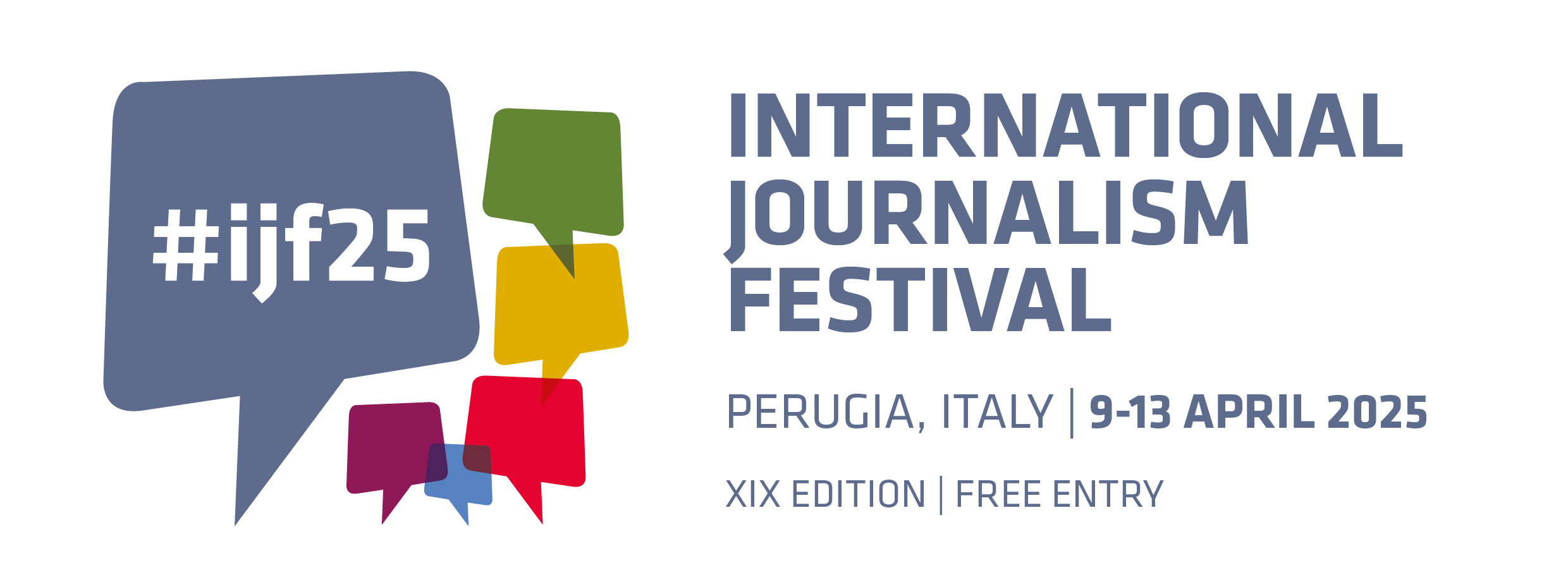PERUGIA – Probably nobody knows for certain what will be the future of news in five years’ time, however, the IJF18 panel discussion, Future of News (https://www.journalismfestival.com/programme/2018/the-future-of-the-news), was determined to explore this issue. Heads of three main European news agencies gathered together in Perugia to share with the audience figures, experiences and thoughts about the topic.
The first panellist was the Editor-in-chief of AGI (Agenzia Giornalistica Italia) Riccardo Luna. The Italian news agency has changed a lot from its foundation in 1950 like many other news organisations. Luna argued that newsrooms become less important with the development of the new technologies. To illustrate this change, he stressed that they have recently developed two mobile apps. The first one, the AGI editor, is an internal app that allows AGI’s journalists to send content directly to the agency. The second one can be downloaded for free and its main purpose is to facilitate the work of their clients.
The Global Head of Multimedia at Reuters, Jane Barrett, started presenting some social media trust figures. She stressed that although during the recent months concerns about Facebook have risen (60% of Germans think that social media is bad for democracy and only 50% of Americans trust Facebook to obey US privacy laws), the number of users was steady for the same period of time. “Social media is here to stay,” said Barrett. Another important fact for her was the 100% increase in live streams, which led Reuters clients to double the agency´s usage in one year. “Storytelling is changing so fast,” like the four live streams of the Mark Zuckerberg’s testimony before the Congress (https://www.youtube.com/watch?v=QmA3TsQ_ULo&list=PLU12uITxBEPHLxDZ4e_8JCWvuw6xylKCW&index=70) or the giraffe give birth video (https://www.irishtimes.com/news/world/us/giraffe-gives-birth-in-new-york-zoo-after-16-month-pregnancy-1.3050611), one of the world’s most used live videos last year.
The third panellist was the head of R&D The Wall Street Journal, Francesco Marconi. He stated that today “everyone is competing for the same space: TV is competing with newspapers, newspapers are competing with digital and social media”. Marconi also compared the introduction of Artificial Intelligence in newsrooms with the introduction of the typewriter in newsrooms in 1940s and 1950s. “It started with a lot of reluctance to adopt but eventually, journalists and reporters saw that using this technology would allow you to increase productivity”.
Finally, the Deputy Global News Director of the AFP (Agence France-Presse), Christophe Schmidt, echoed all the challenges that the panellists shared in their presentations. Schmidt stressed the importance of the mobile phone as a tool to create journalistic content, something that became really obvious to AFP in January 2015. When the Charlie Hebdo attack happened, only a few meters from the agency’s headquarters, AFP deployed “hundreds of photographers on the ground in a few minutes” but the most shared picture that also became a front-page of most newspapers was one taken with a mobile phone from a balcony.
Pau Llosa

